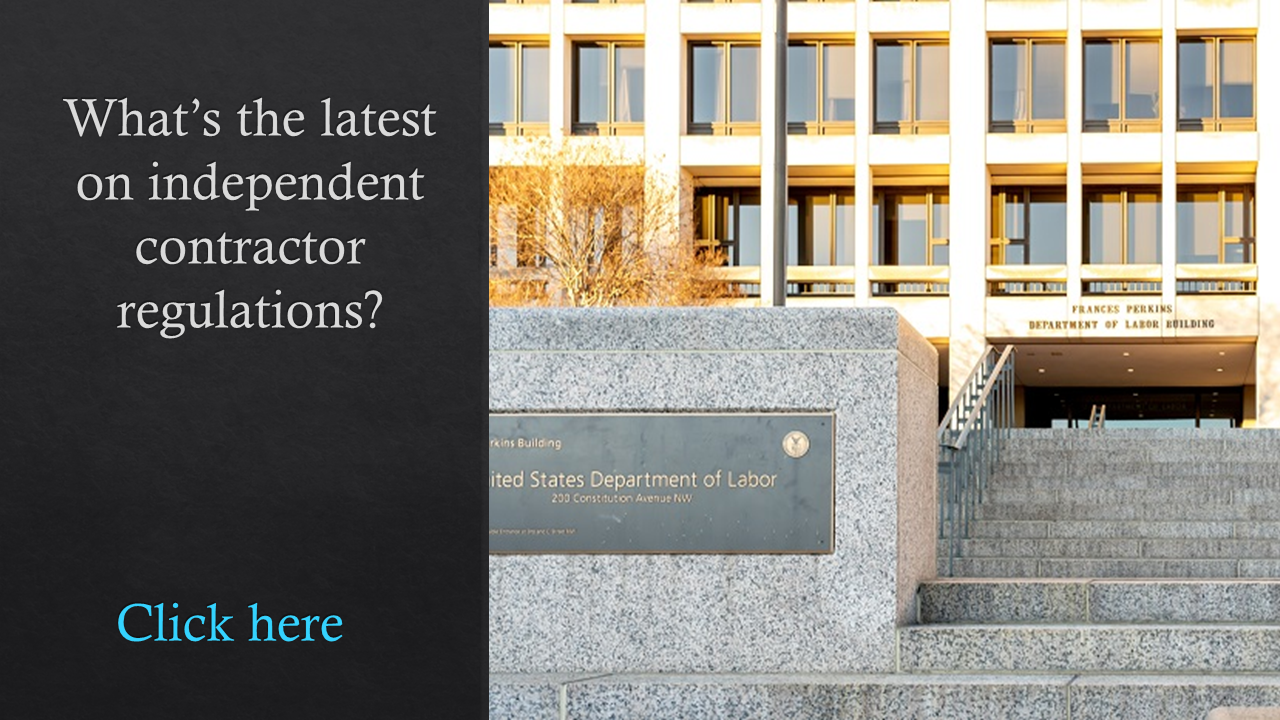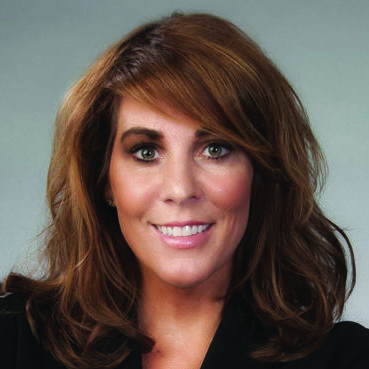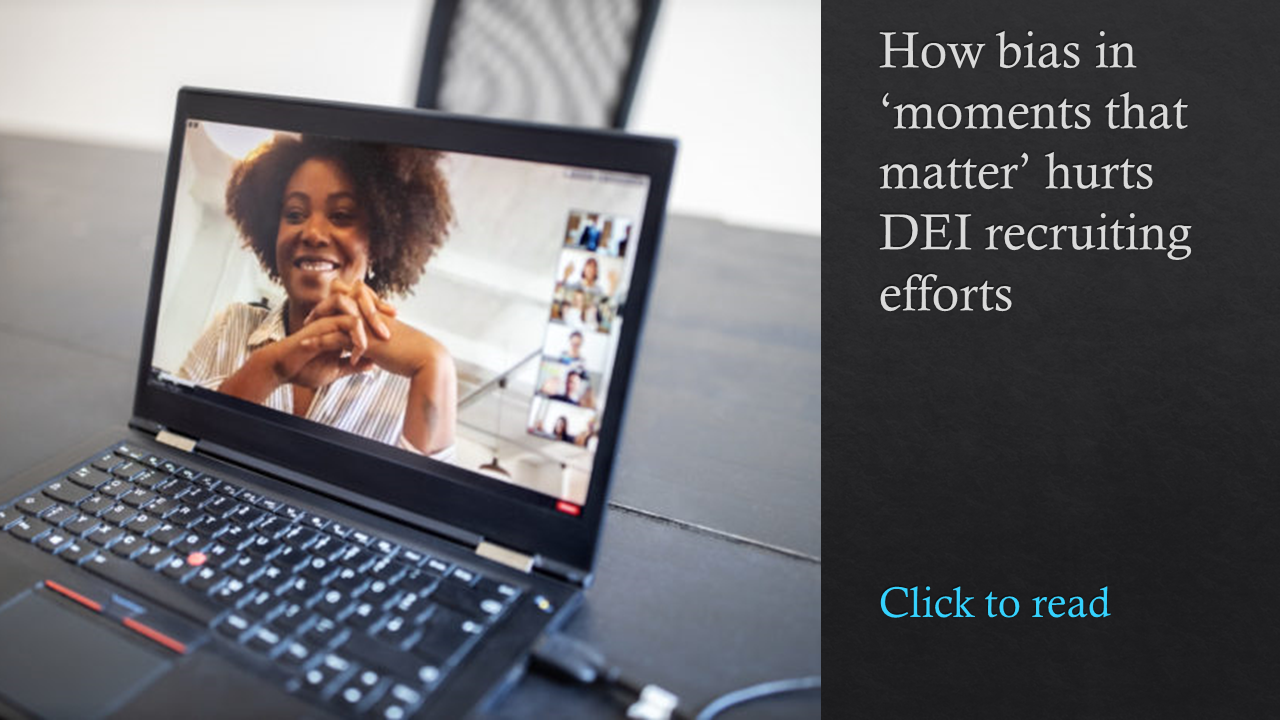When a federal jury in Portland, Ore., recently awarded Suzanne Ivie $2.4 million in damages over her firing from AstraZeneca, it marked the convergence of two legal trends that are catching the attention of HR departments. Her mixed verdict on whistleblower and age-discrimination claims mirrors developments across the workplace and portends more litigation on multiple battlefronts in coming years as the workforce ages and society grows increasingly litigious.
The former executive-level district sales manager prevailed under Oregon’s whistleblower statute for exposing a scheme to “off-label” market anti-inflammatory drugs for unapproved uses, with the jury deciding the global pharmaceutical company had retaliated against her.
However, Ivie’s attorneys were unable to convince the jury that her firing over a failure to meet mandatory coaching guidelines for which younger employees who committed the same breach weren’t fired was a result of age discrimination. They also argued that a new supervisor started calling her “Benatar” in a ridiculing manner after 1980s rock singer Pat Benatar, now 68.
“An employee often does have multiple claims,” explains Anita Chambers, a principal of The Employment Law Group, which represented Ivie in her lawsuit against AstraZeneca. “There is definitely retaliation in the workplace, and employers need to be very vigilant about it.”

In fact, retaliation claims to the Equal Employment Opportunity Commission have more than doubled over the past two decades, soaring from 22.6% of all claims in fiscal year 1997 to nearly 56% of all claims in 2020. Age-discrimination claims during that time have edged up slightly from 19.6% to 21%, the EEOC reports.
See also: Get ready for some legal headaches with your hybrid workforce
More than half of workplace discrimination complaints filed with the EEOC last year involved retaliation–an outcome that numerous types of whistleblower laws seek to prevent. What’s important for HR leaders to realize is that employees with grievances are entitled to protection against retaliation, even if their claim is unfounded, according to says Sara Jodka, a member of the Dickinson Wright law firm. And as such, they need to document their response to those allegations.
In the Ivie case, Chambers reports that there was no documentation to support AstraZeneca’s claim that retaliation was investigated. Noting that the jury ruled in its favor on five of six claims, an AstraZeneca spokesperson says the company “remains committed to maintaining an inclusive culture that does not tolerate acts of discrimination or retaliation.”
Related SCOTUS: Is ‘OK, boomer’ quip enough to show age discrimination?
Amie Remington, general counsel for LandrumHR, hasn’t ever seen a discrimination claim before the EEOC or state agency in her 25 years of practicing law that was not accompanied by a retaliation claim. Her recommendation to HR pros is that they brush up on general retaliation violations and standards and ensure that it’s not ever being allowed.
What’s driving litigiousness?
Whistleblower claims are increasing for several reasons. “People are a lot more inclined to speak their mind these days, and a lot of it is attributable to social media,” Jodka says. She predicts all types of employment litigation will continue to rise in the coming years, citing employees’ strong belief that freedom-of-speech rights are very broad and an onslaught of information that is helping educate people about laws that protect them.
Moreover, thanks to technological advances, there’s far more accessibility to courts. Charges that have to be filed first with the EEOC or a state’s civil rights commission can be done electronically and without a lawyer. “A lot of states have basically taken their employment law statutes and put them into administrative form,” Jodka says. While it often keeps employers out of court, she warns that it still triggers litigation in a different forum.
Age discrimination, however, isn’t as cut and dried as whistleblowing. With the graying of America’s workforce, a growing number of older employees filing claims may seem like a safe assumption. Indeed, the threshold is relatively low: 40 and older is considered a protected age class. But Jodka actually sees more employers discriminating against Gen Z and millennials because of concerns about their work ethic.
Related: When diversity isn’t enough; building the case for inclusion

While employers appreciate the institutional memory and loyalty of older workers, she says, they also are concerned that much older employees may suffer from “too many types of infirmaries that prohibit them from working.” One potential outcome, she explains, is that discrimination lawsuits tie together age and disability claims for older individuals with underlying, disabling medical conditions.
How to stay out of court
But there are ways to avoid litigation. Jodka suggests that HR execs be mindful of what determines a prima facie case of age discrimination in their location. In some cases, for example, she says, circuit courts consider an age spread of at least 10 years between the person filing a wrongful termination claim and their replacement as a key criterion for moving forward with the case.
Other preventive measures include properly documenting subpar performance, as well as training supervisors and managers to have difficult conversations about failing to meet expectations, she says. However, she cautions that HR policies and procedures also must be in place to address all employment conflicts head-on so that sales targets or quality control aren’t undermined.
Apart from employing fairness and transparency in hiring, promoting and terminating employees, Remington believes it’s supremely important for all HR practices to be consistent. She recalls a case years ago that involved a hospital system that was able to show that a certain objective skill was required in every one of the previous 20 or so RN positions that had been filled. As such, the discrimination claim was quickly dismissed after the hospital filed a motion for summary judgment.
One organization in the healthcare field that has been proactive about preventing such litigation is Northwell Health, whose HR department has its share of staffers who began their careers as lawyers. They include Maxine Carrington, Northwell’s senior vice president and chief human resources officer, and Vicki R. Kahaner, vice president of employee relations.
“Having the legal background just made that a lot easier for me to be able to look at a case and understand the parameters that I need to look at to determine whether or not we’ve crossed the line or if it’s unsubstantiated,” says Kahaner, noting that employees are openly encouraged to report any wrongdoing.
Few may argue with the supposition that mounting litigation over workplace issues will keep general counsels and HR execs alike busy for the foreseeable future. “There has been an onslaught of lawsuits since COVID to the point of turning clients away because we just have so much work,” Jodka quips.



